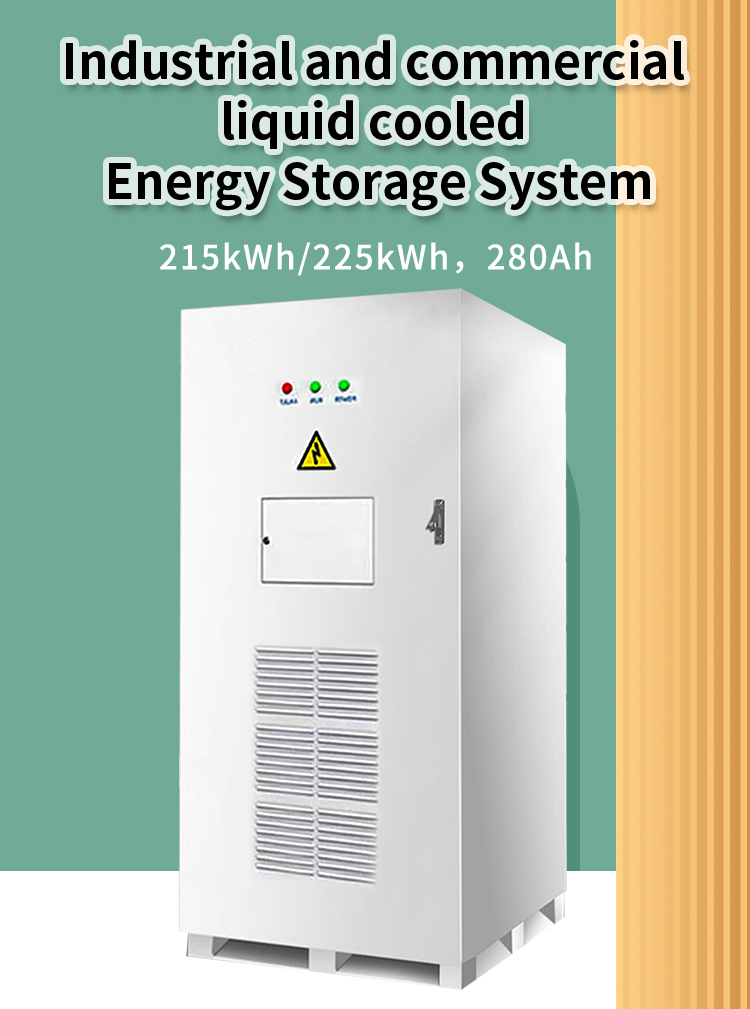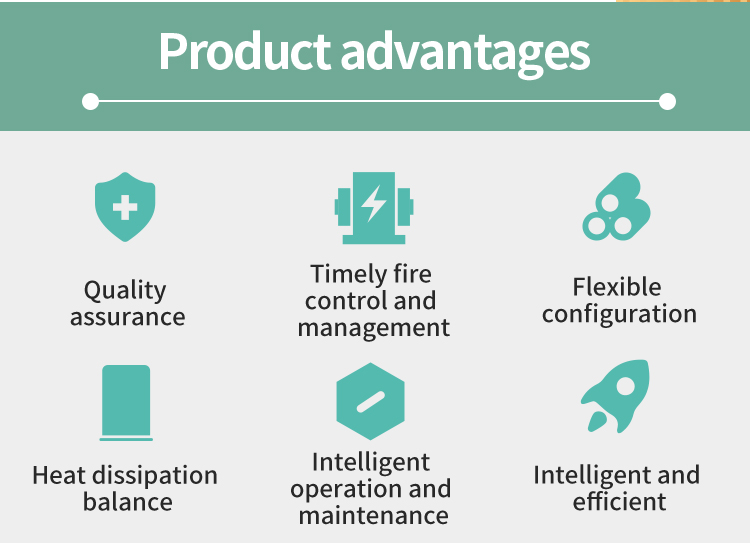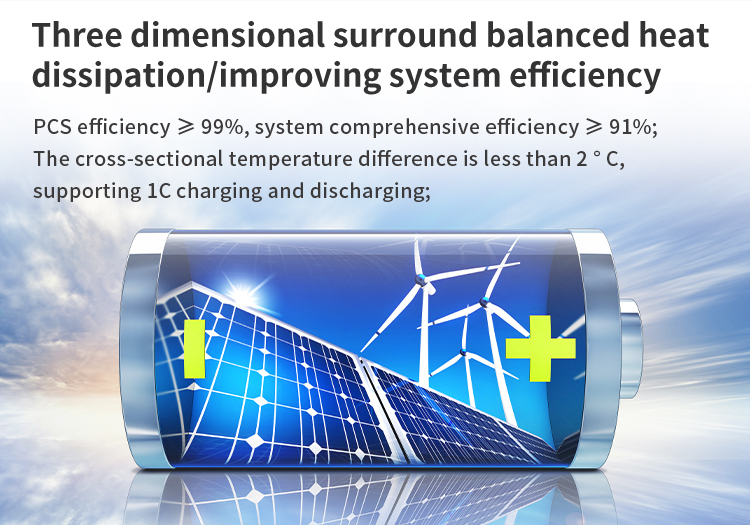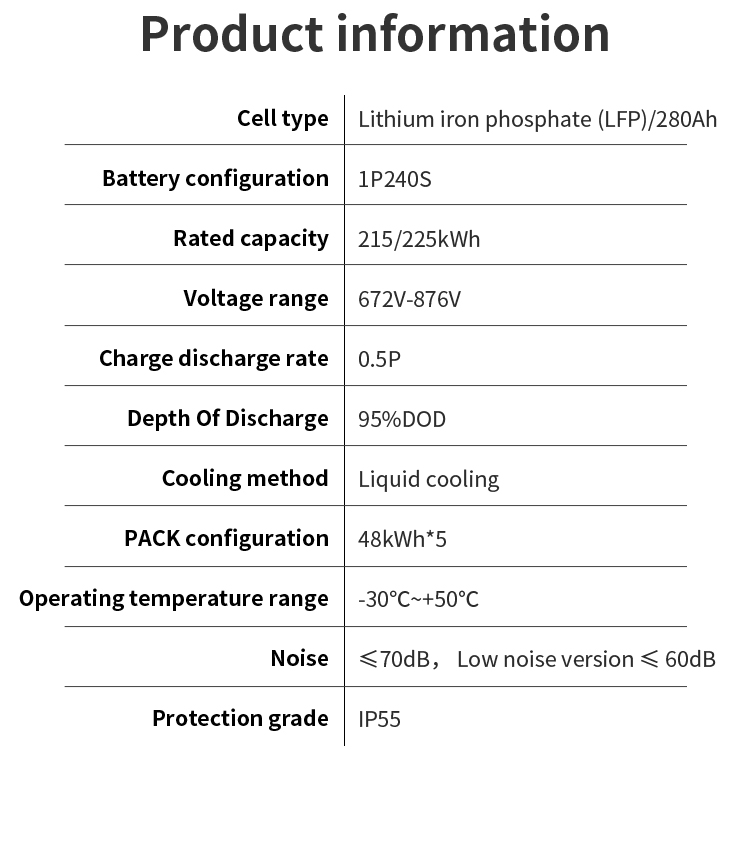The Commercial and Industrial Liquid Cooling Energy Storage System is a cutting-edge solution designed to meet the evolving energy demands of modern businesses.
Leveraging advanced liquid cooling technology, this system delivers unparalleled performance, efficiency, and reliability for a wide range of applications.

Energy Storage System Key Features and Benefits:
Enhanced Thermal Management:
By employing liquid cooling, the system effectively dissipates heat, ensuring optimal operating temperatures and maximizing battery lifespan.
This superior thermal management allows for higher charge and discharge rates, enabling faster response times and greater power output.
Superior Efficiency:
The liquid cooling system minimizes energy losses, resulting in higher round-trip efficiency compared to traditional air-cooled systems.
This improved efficiency translates to lower operating costs and a reduced environmental footprint.
Scalability and Flexibility:
The modular design of the system allows for easy scalability, accommodating diverse energy storage requirements.
It can be seamlessly integrated with various renewable energy sources and grid systems, providing flexible energy management solutions.
Increased Reliability and Safety:
The robust liquid cooling system ensures consistent performance and minimizes the risk of thermal runaway, enhancing system reliability and safety.
Advanced monitoring and control systems provide real-time data and remote management capabilities.
Space-Saving Design:
Due to the liquid cooling system’s high efficiency, the systems can be more compact, which leads to space saving for the customer.



Applications:
Peak shaving and load leveling
Renewable energy integration
Microgrid and off-grid solutions
Backup power and grid stabilization
Data center and industrial power management
Commitment to Sustainability:
The Commercial and Industrial Liquid Cooling Energy Storage System is designed with sustainability in mind. By improving energy efficiency and enabling the integration of renewable energy sources, it contributes to a cleaner and more sustainable energy future.

FAQ:
What is a C&I energy storage system?
A C&I (Commercial and Industrial) energy storage system is an energy storage solution designed for commercial and industrial applications, such as factories, office buildings, data centers, schools, and shopping centers.
These systems help businesses and organizations manage their energy consumption more efficiently, reduce energy costs, provide backup power, and support the integration of renewable energy sources.
C&I energy storage systems typically have larger capacities compared to residential energy storage systems, as they need to accommodate the higher energy demands of commercial and industrial facilities. The most common type of C&I energy storage system is battery-based, typically using lithium-ion batteries due to their high energy density, long cycle life, and efficiency.
However, other types of energy storage technologies, such as thermal energy storage, mechanical energy storage, and hydrogen energy storage, can also be used in commercial and industrial applications, depending on the specific energy needs and requirements of the facility.
How does a C&I energy storage system work?
A C&I (Commercial and Industrial) energy storage system works similarly to a residential energy storage system but on a larger scale to accommodate the higher energy demands of commercial and industrial facilities.
The system can be charged with electricity generated from renewable sources like solar panels or wind turbines or from the grid during off-peak hours, with a battery management system (BMS) or charge controller ensuring the safety and efficiency.
The charged batteries store the electrical energy as chemical energy, and then the inverter converts the direct current (DC) electricity stored in the batteries into alternating current (AC) electricity to power the facility’s equipment and devices.
A C&I energy storage system often includes advanced monitoring and control features that allow facility managers to track energy generation, storage, and consumption, helping optimize energy usage and reduce costs.
The facilities with energy storage systems can also interact with the grid, participating in demand response programs, providing grid services, and exporting excess renewable energy back to the grid.
By managing energy consumption, providing backup power, and supporting renewable energy integration, C&I energy storage systems help businesses improve their energy efficiency, reduce costs, and enhance their sustainability efforts.
What are the benefits of a C&I energy storage system?
Peak Shaving & Load Shifting: Help businesses lower their energy bills and improve overall energy management by using stored energy during periods of high electricity demand.
Backup Power: Provide emergency power, minimizing downtime and potential revenue losses, while also enhancing facility resilience and reliability.
Renewable Energy Integration: Maximize the use of renewable energy sources, helping the organization achieve sustainability and meet renewable energy targets or mandates.
Grid Support: Enable the commercial and industrial facilities to participate in demand response programs and provide grid services, creating additional revenue and improving overall grid reliability.
Increased Energy Efficiency: Help businesses optimize their energy usage and reduce overall energy consumption by using stored energy to manage load fluctuations.
Enhanced Power Quality: Improve power quality by regulating voltage and mitigating fluctuations in the local grid.
What are the different types of C&I energy storage systems?
There are several types of energy storage systems suitable for commercial and industrial (C&I) applications. The choice of system depends on factors such as the facility’s energy needs, available space, budget, and desired performance.
The main types of C&I energy storage systems include battery-based, thermal, mechanical, hydrogen energy storage, and supercapacitors.
Battery-based systems are the most commonly used type of C&I energy storage systems. They store energy using electrochemical batteries such as lithium-ion, lead-acid, or flow batteries.
Battery-based systems are popular due to their relatively high energy density, efficiency, and modularity. Lithium-ion batteries, in particular, are widely used for their longer lifespan, higher energy density, and better performance compared to other battery types.
